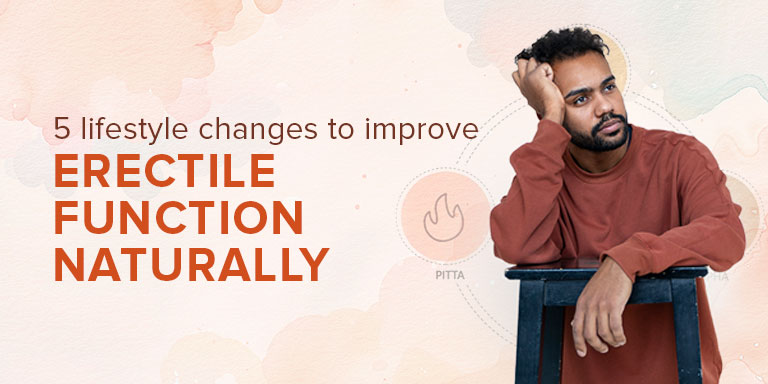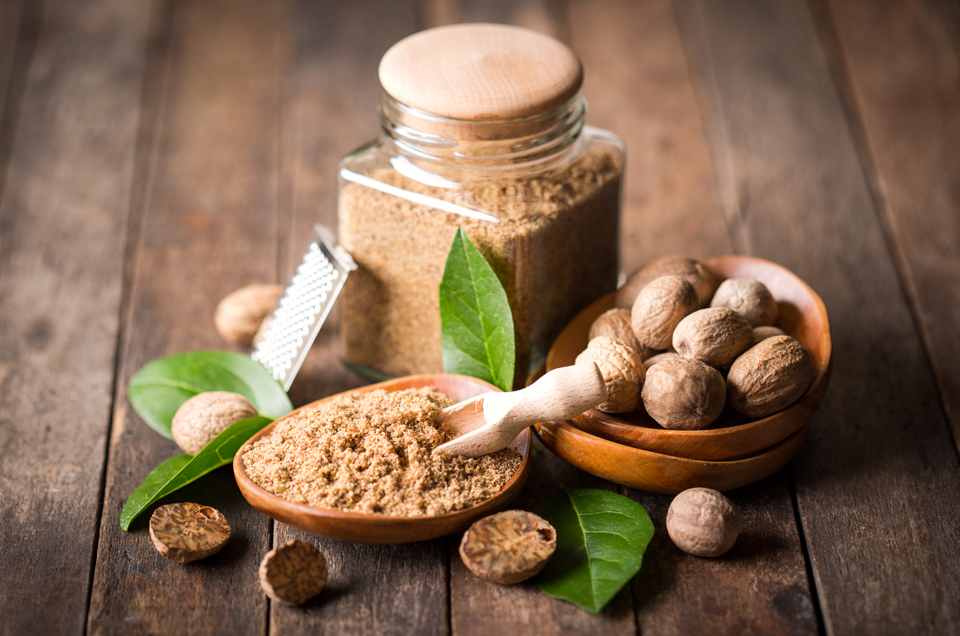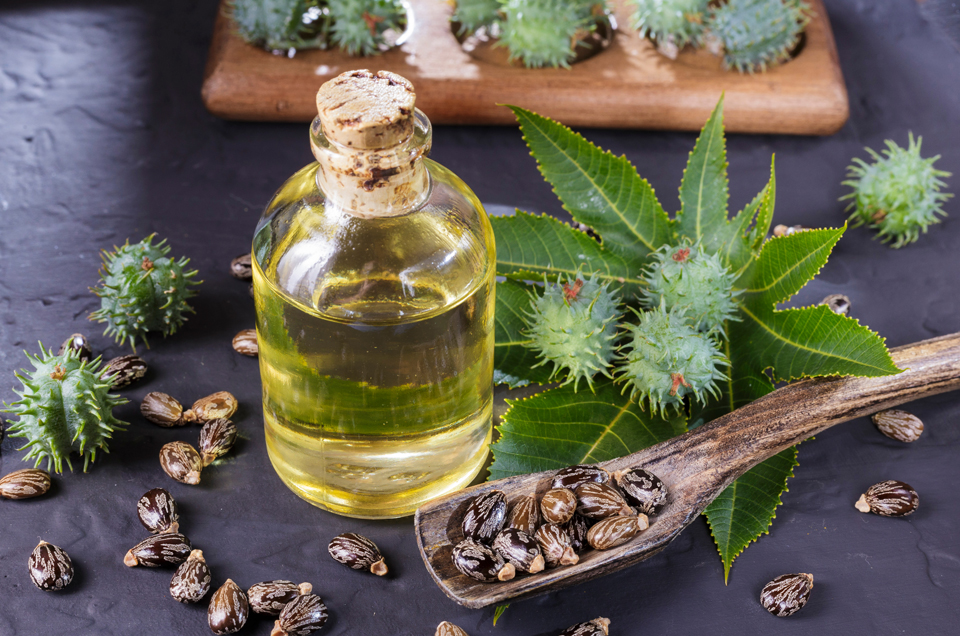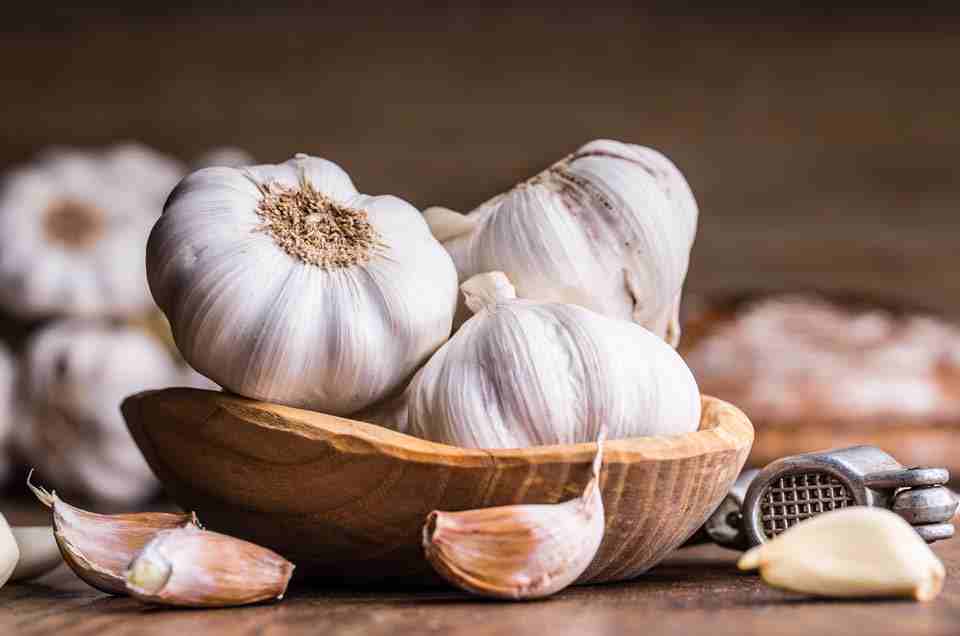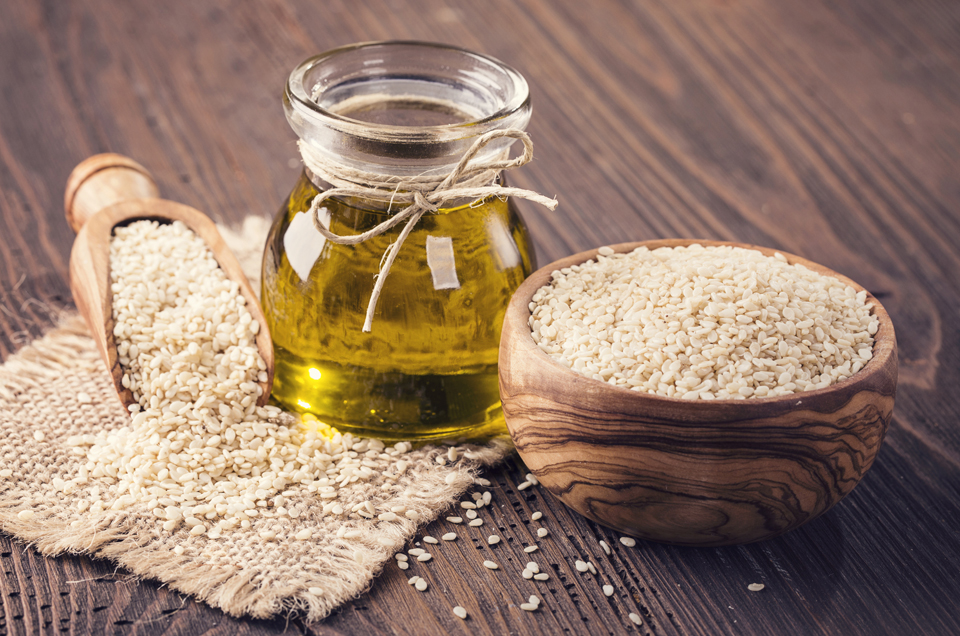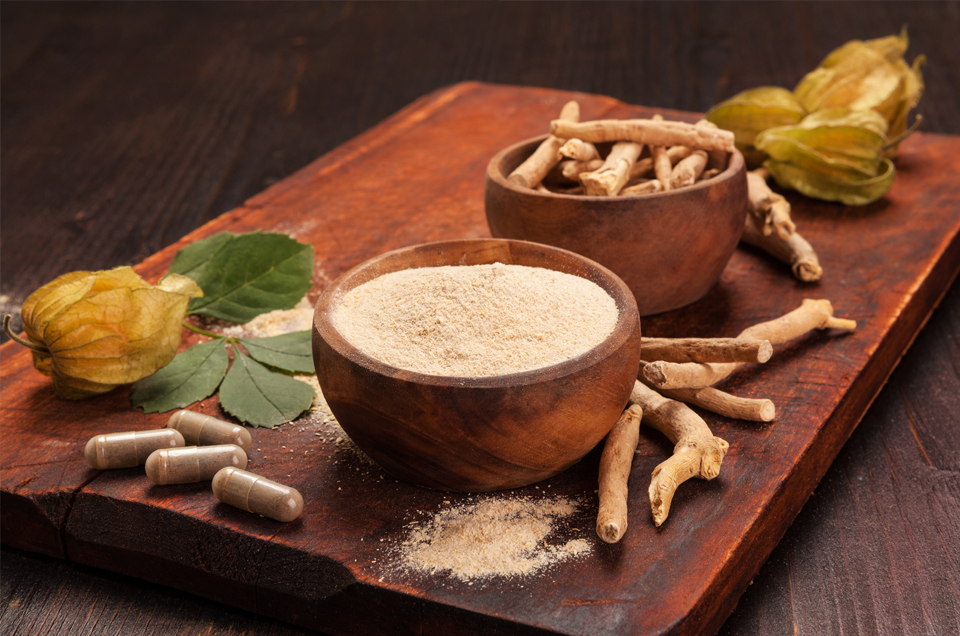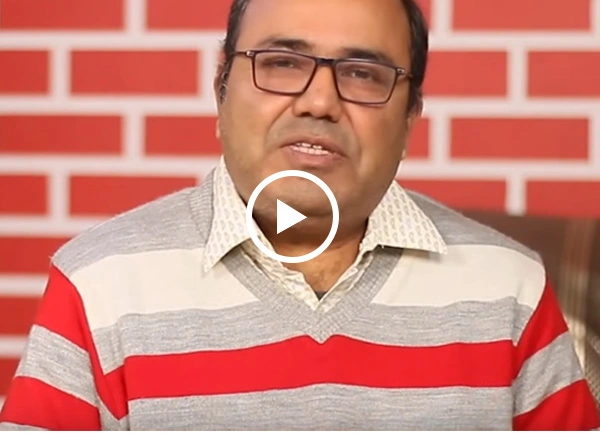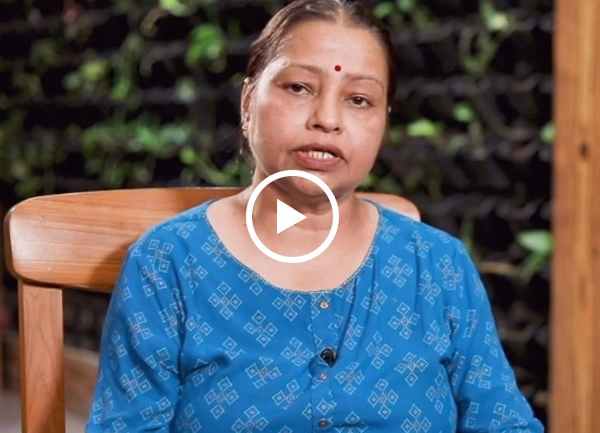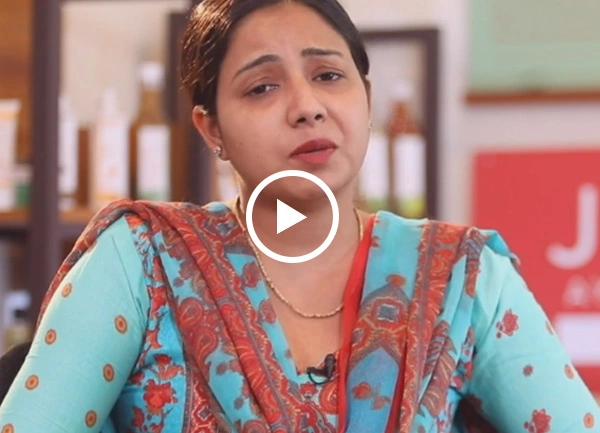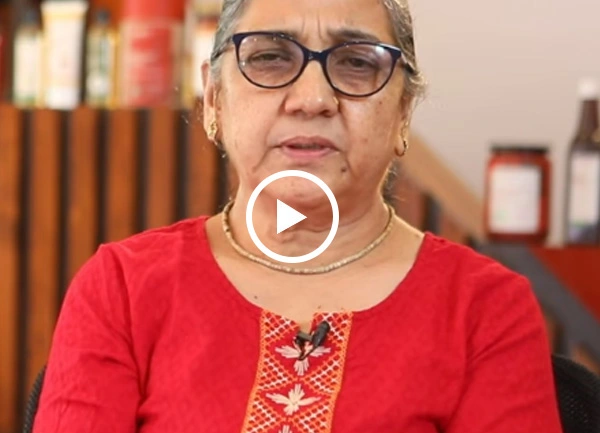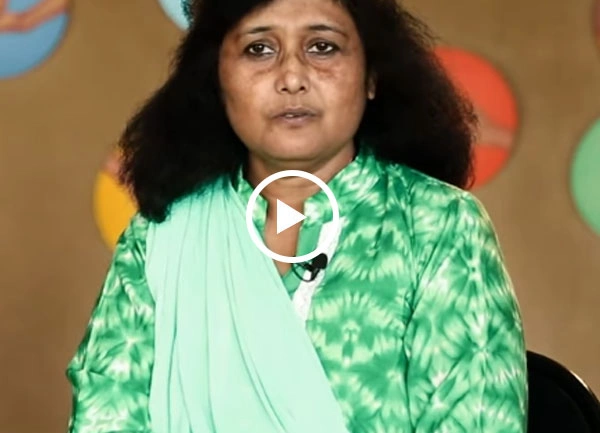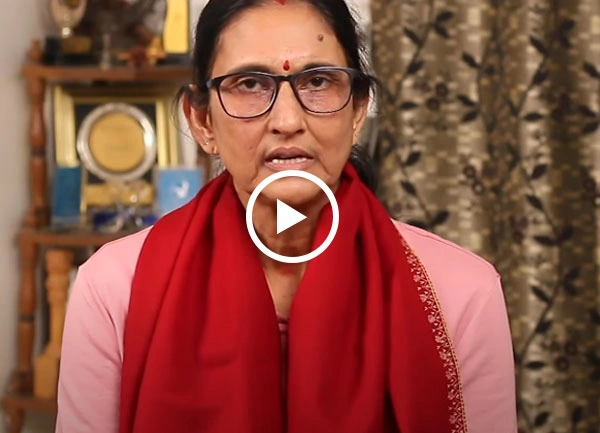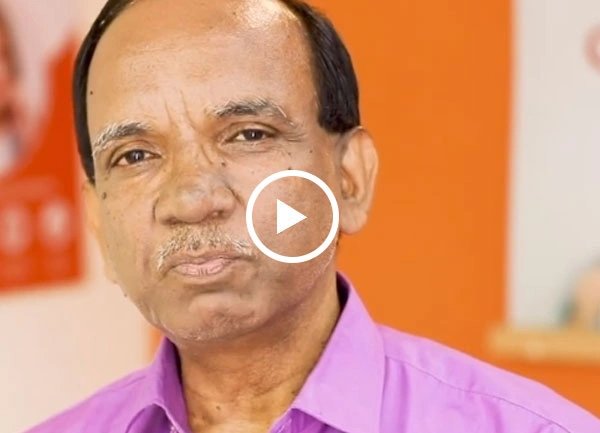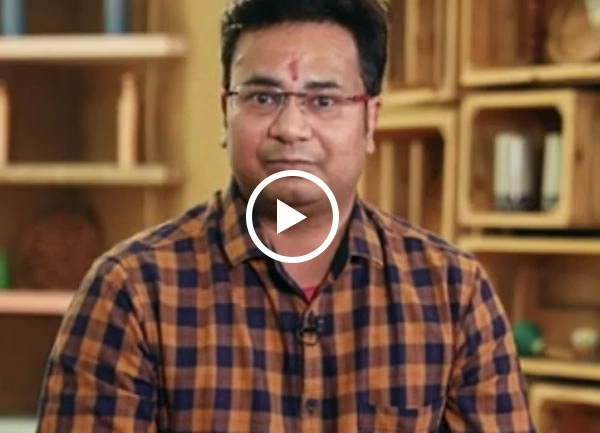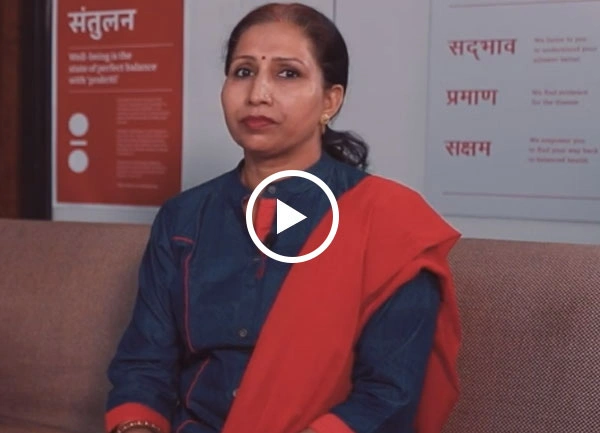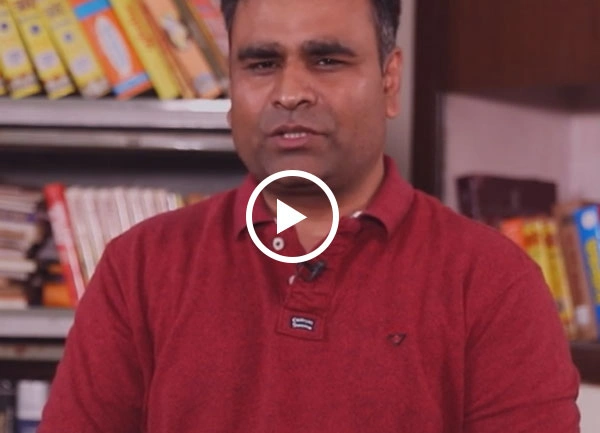What is Oligospermia?
This medical condition refers to a deficiency or abnormality in the production of sperm. In the semen investigation report, if sperms are found to be less in number, motility, natural shape, and density, it is indicative of Oligospermia. In this disorder, the sperm count is below 15-20 million/ml. Other symptoms include sluggish motility and increased number of deformed or dead sperms.
Ayurvedic View of Oligospermia
In Ayurveda, there are seven tissues (dhatu) in our body and semen (shukra) is considered the seventh or last dhatu. Our food is digested by a digestive fire (jatharagni) and nutrition fluid is produced as the outcome. This nutrition is assimilated and transported by a special mechanism to various parts of body, where it provides nutrition to each dhatu in a proper order and helps in the formation of semen. This whole procedure is dominated by the pitta dosha that maintains digestion and chemical changes in body.
We’ve listed the many causative factors that can unbalance pitta and affect digestive fire and nutrition formation. As a final outcome, it harms the production of sperm, both in terms of quality and quantity.
Causative Factors
To better understand the causative factors, we’ve categorized them under easy subheadings.
Personal Causes
Middle age (35+), smoking, alcohol consumption, drug addiction, excessive weight, stress and anxiety, sitting at the desk for too long, wearing tight fitting clothes, working long hours on the laptop, exposure to heat producing environment, nutrition deficiency, riding a bike or cycle for too long, etc.
Environmental Causes
Contact and exposure to pesticides and industrial chemicals, presence of heavy metals in the air and water, effects of global warming on ecology, increased level of radiation etc.
Clinical Causes
Varicocele, measles, STD (infections of the reproductive system), cancer and the methods used to treat cancer (such as chemotherapy, radiotherapy, and surgery), imbalance in hormones, any other condition that causes obstruction in semen carrying channels (vas deferens), etc. Ayurvedic Solution
In Ayurvedic texts, shukra is considered white, heavy, viscous, and sweet. It is thick like honey and looks like ghee (clarified butter). When semen displays these attributes, it is believed to be best for conception. Factors that increase pitta dosha are opposite in nature to kapha dosha and medha dhatu. This gives rise to semen deformity.
Here are a few helpful suggestions that can help get rid of this condition:
-
Avoid pitta aggravating factors
-
Follow a healthy daily routine for the body and mind
-
Do daily massage and exercises to enhance blood circulation
-
Follow panchakarma to eliminate toxic materials from the deeper channels of the body
-
Consult a physician to take a special combination of rasayanas (rejuvenating) and vajikaran (aphrodisiac)



